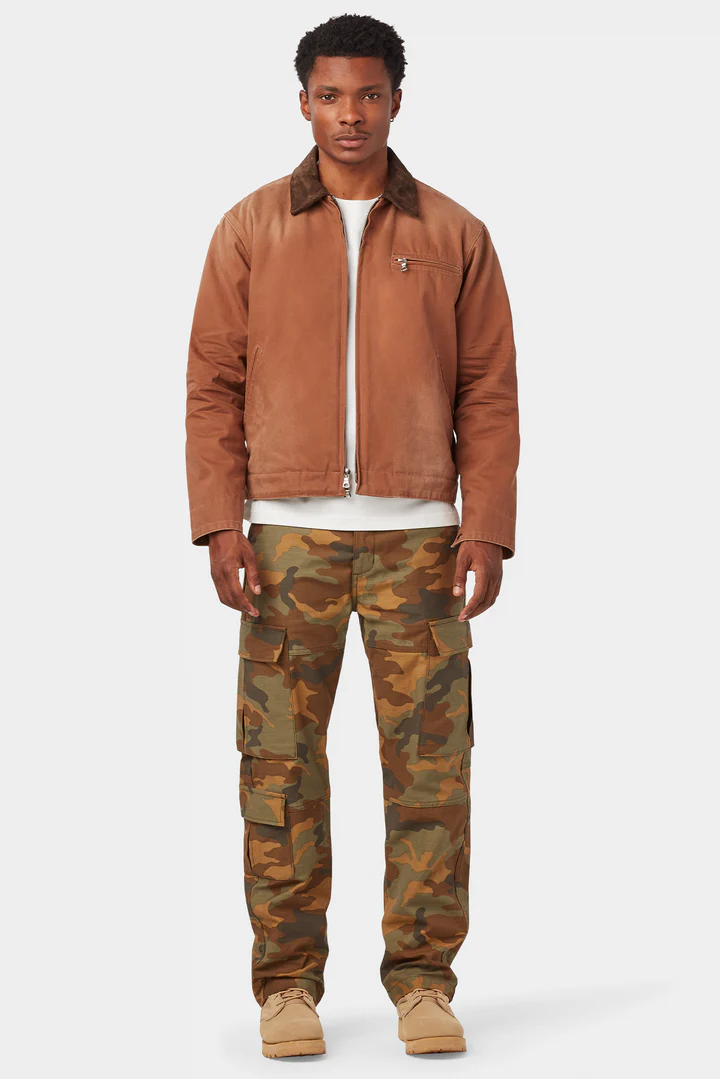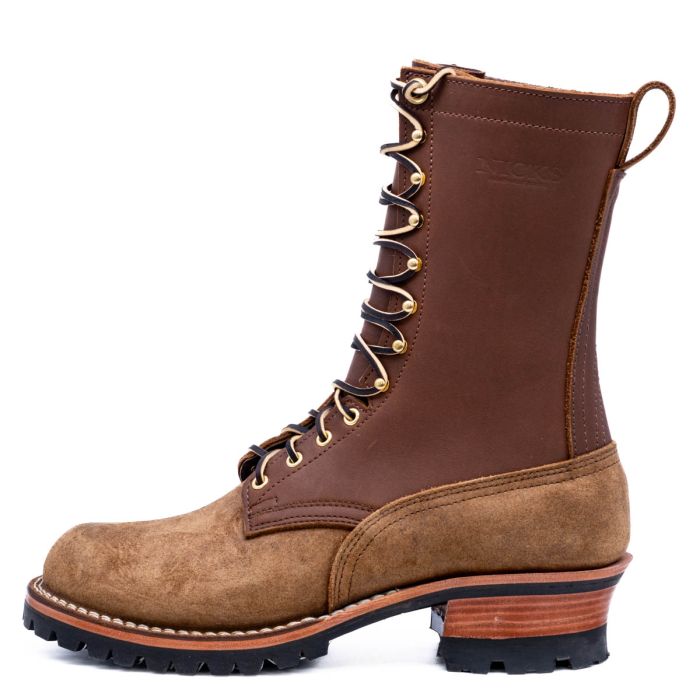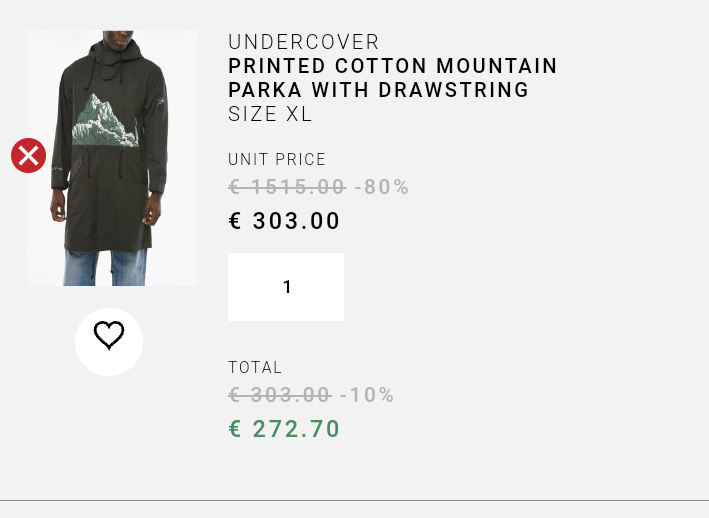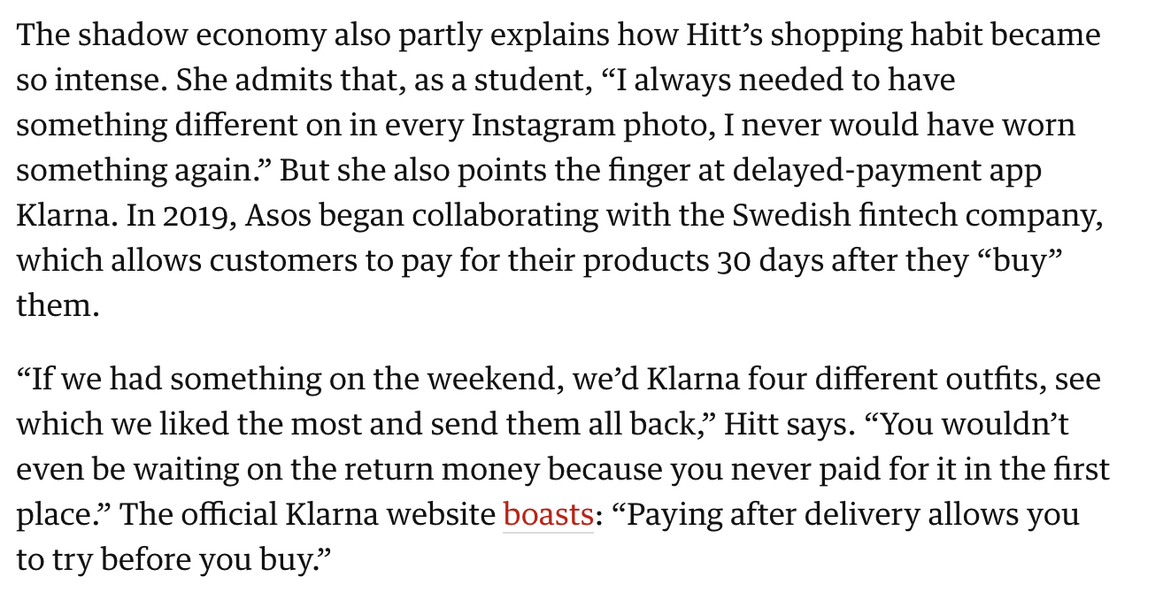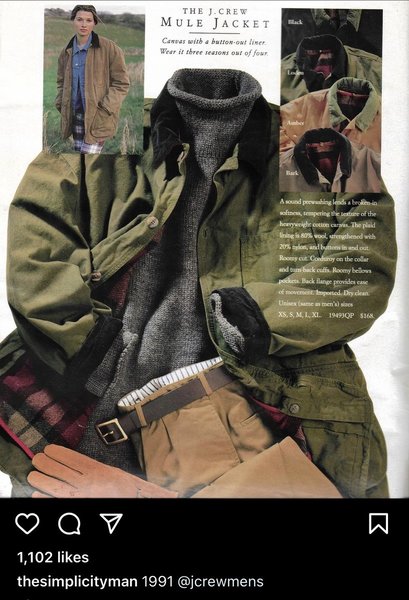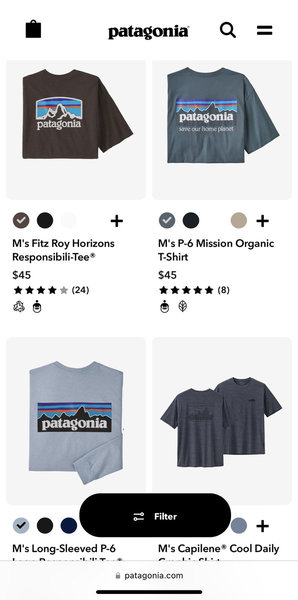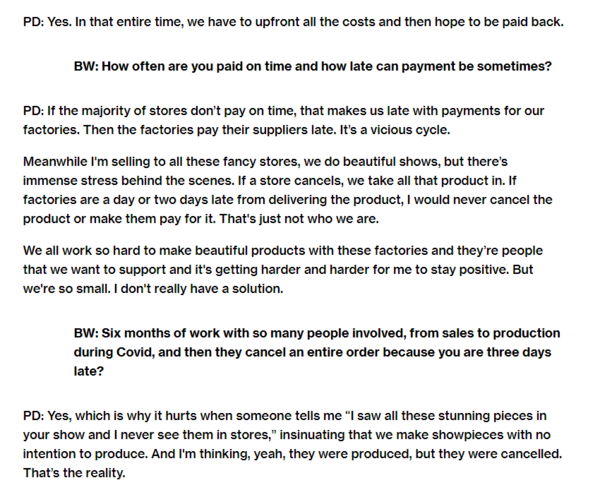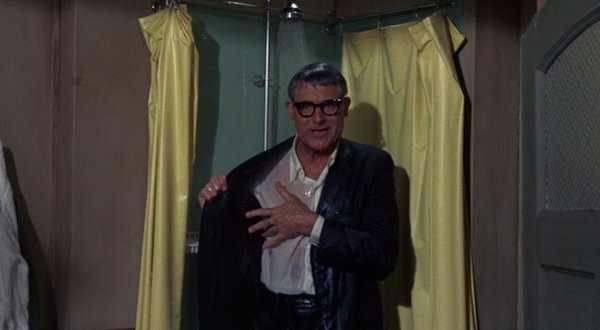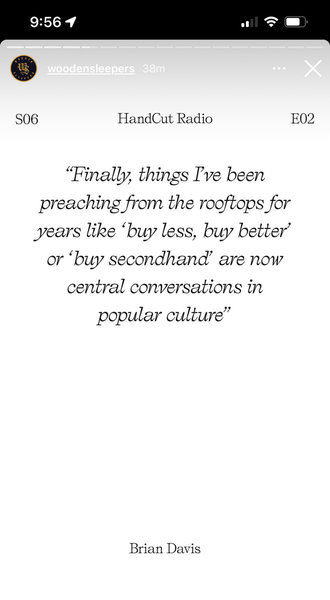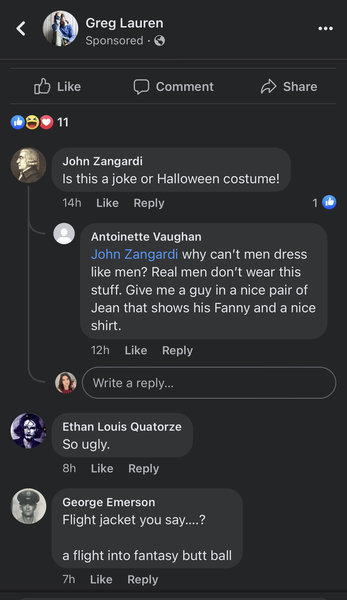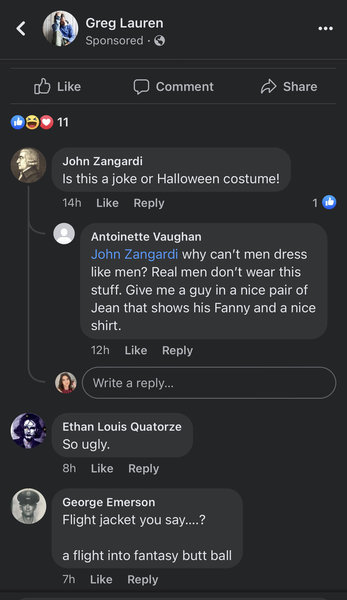- Joined
- Mar 8, 2002
- Messages
- 57,728
- Reaction score
- 36,610
There is the same amount of competition online. I can think of at least 3 stores,and usually many more, carrying every single piece that I ever get from Japan. And this is excluding stores that I know have inventory, just not online. The difference is that the MSRP is enforced, and sales are truly end of the season (like it was in the 80s), and usually for no more than 20% off, so there is much less pressure to jump the gun. Anything over 40% off is invariable for things a few seasons old, so it's great for people like me who get fixated on old pieces and am willing to search google to the 25th page (I do this regularly), but that excludes about 99% of consumers.Interesting - are there also other factors that result in less unsold inventory there than here...e.g. more predictable/reliable customers, less competition (segmentation, obstacles w/ online competition), tax arbitrage selling overstock into US, narrower size ranges, etc.?
One thing that I think helps is that seasonal stock, for the most part, seems to be bough very shallow, even at what one might consider pretty large retailers, and staples like standard jeans simply never go on sale. So, if you want a staple, with enforced MRSPs and shallow stock, there is pressure to buy immediately. If it's gone, it's gone.
I understand that there are very good reasons to not want to stock so shallowly. After all, if you sell out of a popular item, you are losing profits, but I think that if you assume that a popular item should sell through retail at say, 70%, you may already shooting yourself in the foot, since your actions to maximize profits leads to a calculation on the part of the consumer to decide at what price a certain item becomes a "buy" for them, rather than them having simply to choose between "buy" and "don't buy". That's just an unintended consequence of our retail model combined with the nearly perfect market that the internet has brought us.
